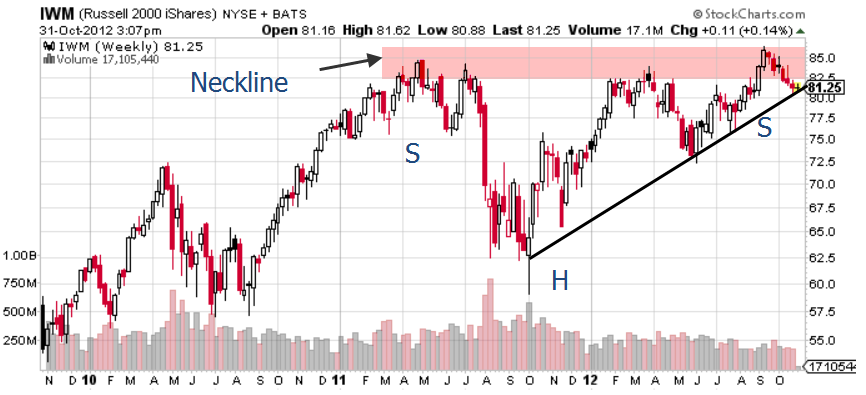It’s spring cleaning time, and what’s good for your household is also generally good for your portfolio.
You should regularly tidy up your portfolio and your broader financial plan.

You’d be surprised how much “junk” you can accumulate in a brokerage account.
Here a some tips worth considering:
Rebalancing
Rebalancing is an important spring cleaning chore, both among asset classes and among your individual stocks.
If a single stock has come to completely dominate your portfolio, you should probably consider scaling it back a little and reallocating.
Otherwise, you run the risk that that single stock will take a wrecking ball to your portfolio should it unexpectedly hit a rough patch.
My basic rule of thumb is to keep my initial investments to just 3% to 5% of the portfolio.
When a stock really has a nice run and starts to make up 10% of the portfolio or more, that’s when I start to scale back.
Asset Allocation
Even more important, though, is to rebalance among asset classes.
Basic financial planning suggests that you should gradually shift out of stocks and into bonds as you get closer to retirement.
Given the strength of the stock market in recent years, it’s likely that your portfolio has become more stock heavy over the last few years. If so, that’s a good problem to have.
But take the time to re-evaluate your overall exposure to the stock market. If it has been awhile since your last rebalancing, you should probably sell down your stock allocation and invest the proceeds in a lower-volatility asset class such as bonds or preferred stock.
Risk Management
Different investors approach risk management in different ways, but all successful investors employ risk management in one way or another.
Personally, I recommend using stop-losses. When you set a stop-loss, you specify a price at which you will automatically sell a stock that is falling. This keeps a small loss from snowballing into large one.
But be careful here, and use stop-losses based on closing prices rather than intraday if possible.
This reduces the risk that you could get stuck in a sudden “flash crash” that causes the market to temporarily break down as it did in May 2010 and August 2015.
Dividends
I love dividends. They allow you to realize a constant return without having to sell shares.
That matters relatively little in a raging bull market, but in a sideways market or an outright bear market, it can save you from having to sell at a depressed price.
But while I love dividends, I’m a long way from retirement and I don’t particularly need the cash right now. So, I instructed my broker to automatically reinvest my dividends in new shares.
If you are still saving for retirement and don’t need the income right away, I recommend you do the same.
Reinvesting the dividend can turn a slow-moving income stock into a compounding growth machine. And when you do finally retire, you can simply instruct your broker to stop reinvesting the dividends and take them in cash instead.
401(k) Plans
In my opinion, one of the few things the government seems to do right is regularly raise the amount of your salary that you can defer via your 401 (k) plan.
In 2017, you can contribute up to $18,000, or $24,000 if you’re aged 50 or older, and this doesn’t include employer matching.
If it has been a while since you’ve revisited your contribution limits, chances are good that you can contribute more than you currently are.
Apart from the rising contribution limits, you’ve probably gotten a raise or two over the years.
So, login to your plan and see how much you’re currently contributing, and up the amount if you can. You’ll save money in taxes and turbocharge your retirement savings.
Photo Credit: Tristan Martin via Flickr Creative Commons




